Complete Guide to Upholstered Furniture Care: Tips and Tricks from HULALA HOME

Upholstered furniture serves as the centerpiece of our living spaces, offering comfort, style, and personality. To ensure these beloved pieces maintain their beauty and functionality, it's essential to implement a comprehensive care routine. Join us as we explore the world of upholstered furniture care, covering essential tips and tricks to keep your favorite pieces looking pristine.
Understanding Upholstered Furniture:
Upholstered furniture encompasses a variety of materials, including fabric, leather, and synthetic blends. Each material has unique characteristics and care requirements:
Fabric Upholstery: Common materials like linen, cotton, velvet, and microfiber offer comfort and versatility but require specific care to avoid stains and damage.
Leather Upholstery: Genuine leather exudes luxury and elegance but needs regular conditioning to prevent drying and cracking.
Synthetic Blends: Durable and affordable, synthetic fabrics like polyester and nylon offer easy maintenance but can attract dust and debris.
Proper understanding of these materials is crucial for effective care and maintenance.
Regular Maintenance Routine:
Establishing a regular maintenance routine is key to preserving upholstered furniture:
Vacuuming: Use a soft brush attachment to remove dust, dirt, and pet hair from upholstery surfaces and crevices. Vacuuming prevents debris from settling into the fabric and causing premature wear.
Spot Cleaning: Address spills promptly using a clean, damp cloth and mild detergent. Blot the stain gently, working from the outer edges toward the center to prevent spreading.
-Fluffing and Rotating: Fluff cushions regularly to maintain their shape and comfort. Rotate cushions and pillows to distribute wear evenly across the upholstery.
Consistent maintenance ensures that your upholstered furniture remains clean and inviting.
Protecting Upholstery:
Protect your upholstered furniture from common sources of damage:
Sunlight Protection: Position furniture away from direct sunlight to prevent fading and discoloration. Consider using curtains or blinds to filter sunlight during peak hours.
Arm Covers and Throws: Use removable arm covers and decorative throws to shield high-traffic areas and armrests from spills, stains, and pet damage.
These protective measures preserve the integrity of your upholstery and extend its lifespan.
Deep Cleaning and Professional Maintenance:
In addition to regular upkeep, incorporate deep cleaning into your furniture care routine:
Professional Cleaning: Schedule professional upholstery cleaning annually or biannually to remove embedded dirt, allergens, and stains effectively. Professional cleaners use specialized equipment and techniques to revitalize fabric and leather upholstery.
DIY Cleaning Methods: Explore DIY cleaning solutions for routine maintenance and spot treatments. Homemade upholstery cleaners using natural ingredients like vinegar, baking soda, and mild detergent can effectively remove stains and odors.
Combining professional maintenance with DIY care ensures thorough cleaning and rejuvenation of your upholstered furniture.
Specific Care for Different Materials:
Tailor your care approach based on the upholstery material:
Leather Upholstery: Use leather-specific cleaners and conditioners to clean and condition genuine leather upholstery. Avoid harsh chemicals that can damage the leather's natural oils.
Fabric Upholstery: Consult care labels for specific cleaning instructions based on fabric type. Dry cleaning may be suitable for delicate fabrics, while machine washing is appropriate for more durable materials.
Understanding material-specific care guidelines is essential for preserving the quality and appearance of your upholstered furniture.
Tips for Extending Lifespan:
Implement proactive measures to prolong the lifespan of your upholstered furniture:
Use furniture protectors: Place felt or rubber pads under furniture legs to prevent scratching and damage to flooring.
Avoid sharp objects: Keep sharp items away from upholstery surfaces to prevent tears and punctures.
Rotate and rearrange: Periodically rearrange furniture layout to distribute wear evenly across upholstered surfaces and cushions.
By incorporating these tips into your upholstery care routine, you can ensure that your furniture remains in optimal condition for years to come.
Caring for upholstered furniture requires attention to detail and regular maintenance. With the comprehensive care guide from Hulala Home, you can preserve the beauty and functionality of your favorite pieces and enjoy a clean, comfortable living environment. Take proactive steps to care for your upholstered furniture, and it will continue to provide comfort and style for years to come.


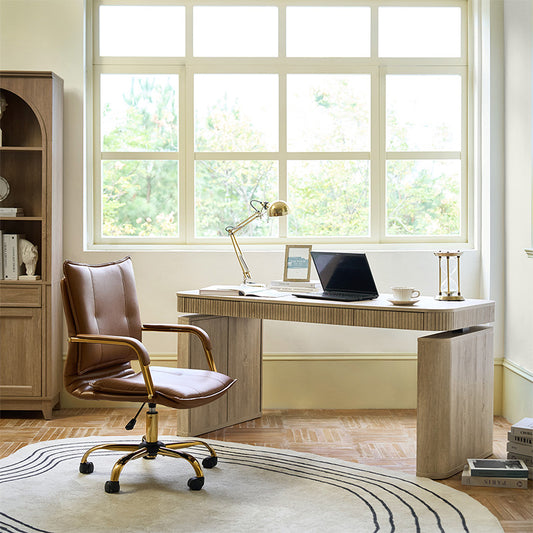
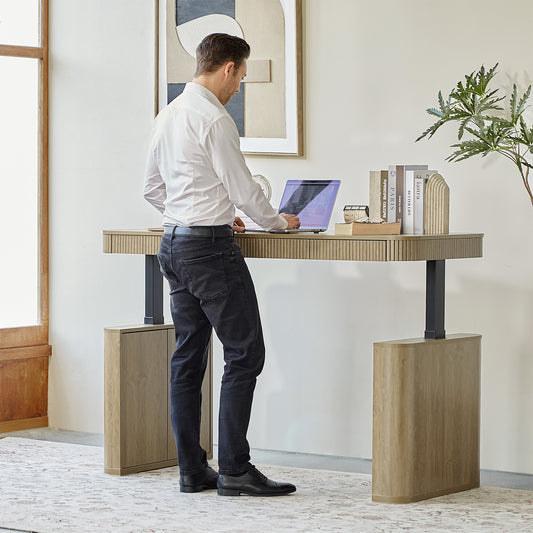
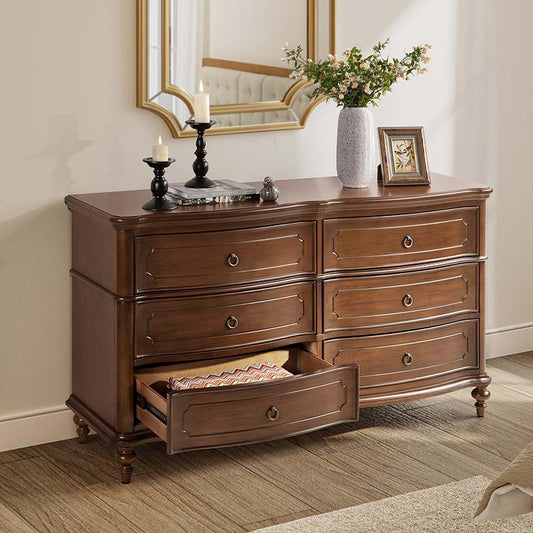

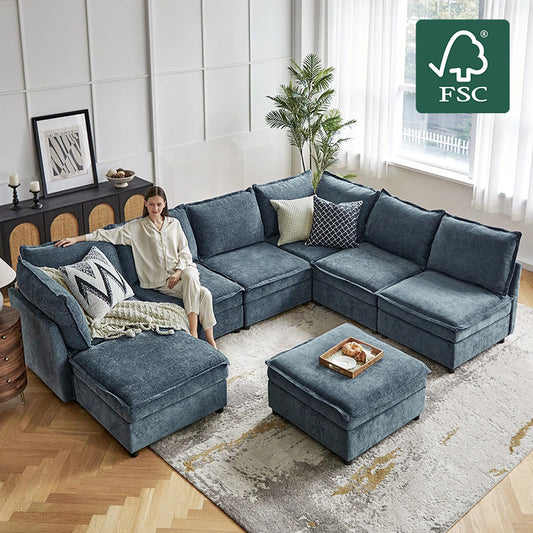
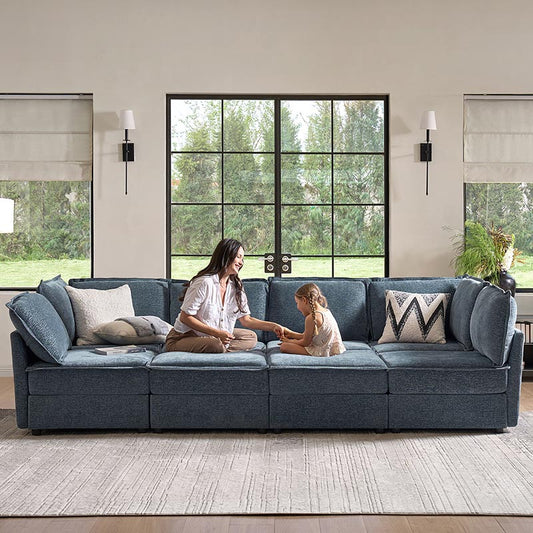
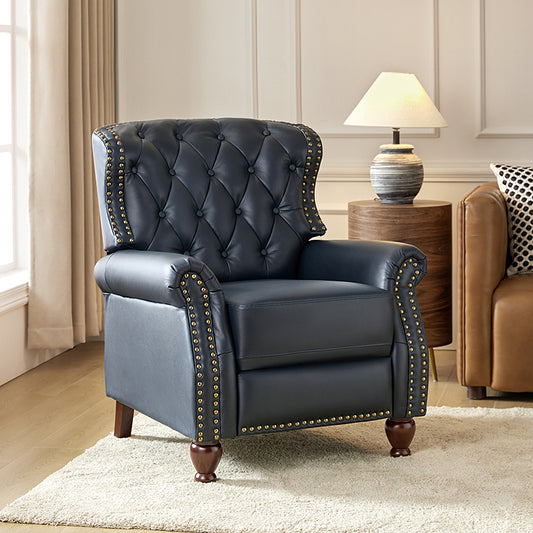
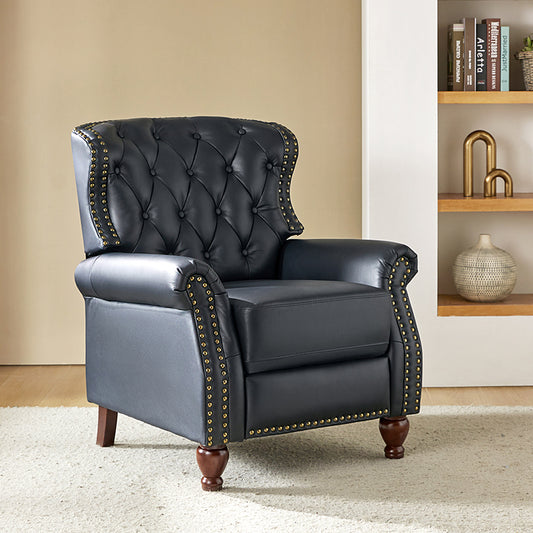
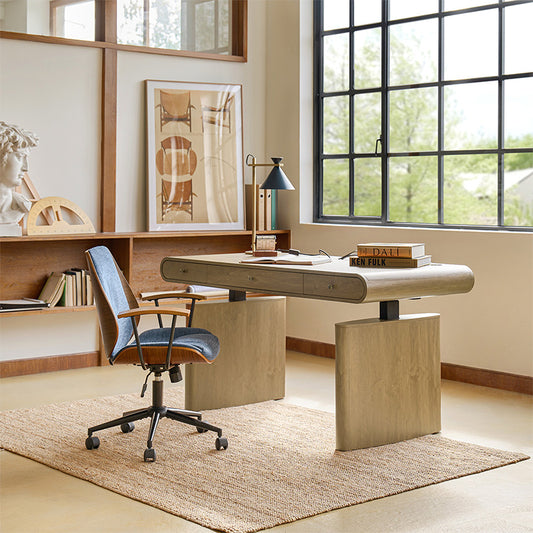
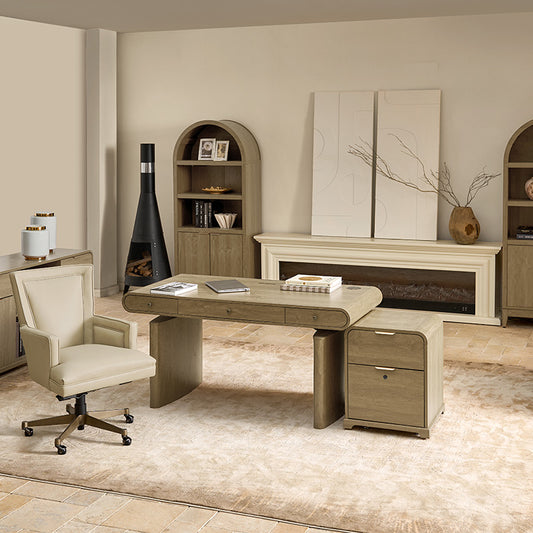
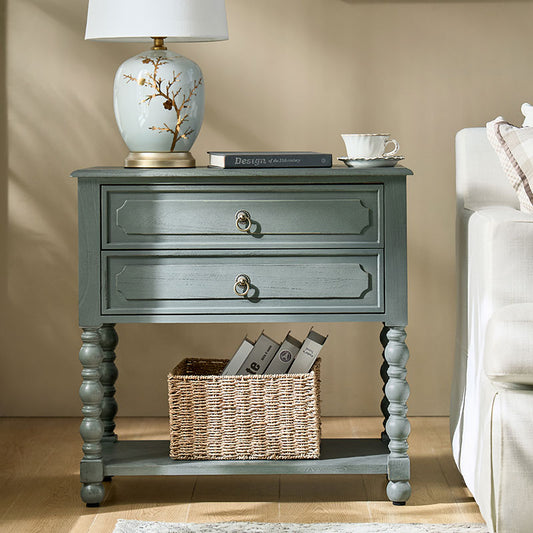
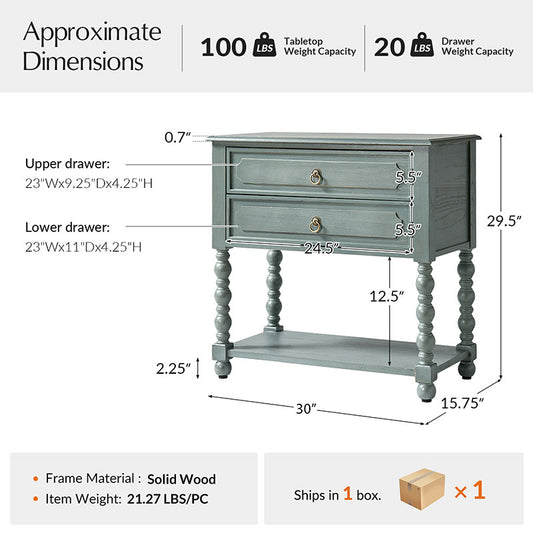
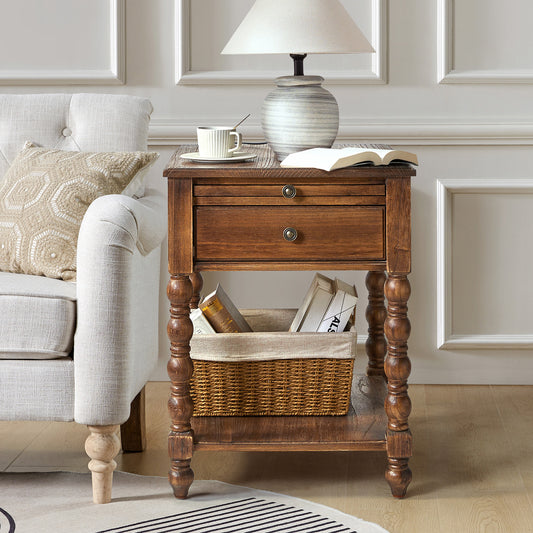

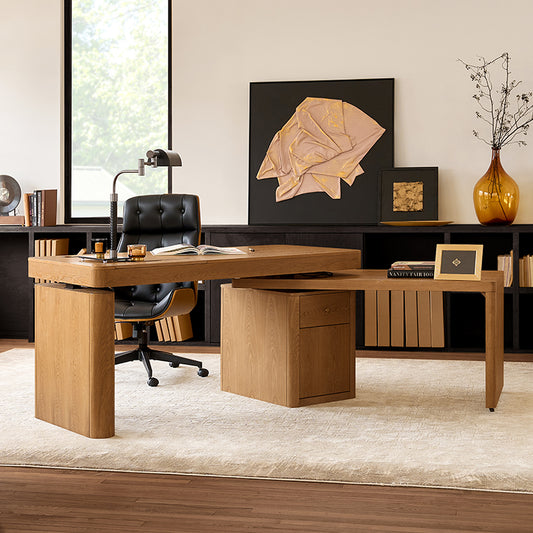
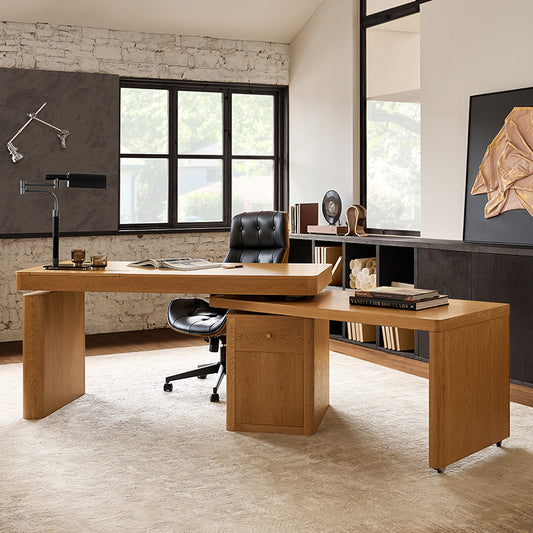









No comments